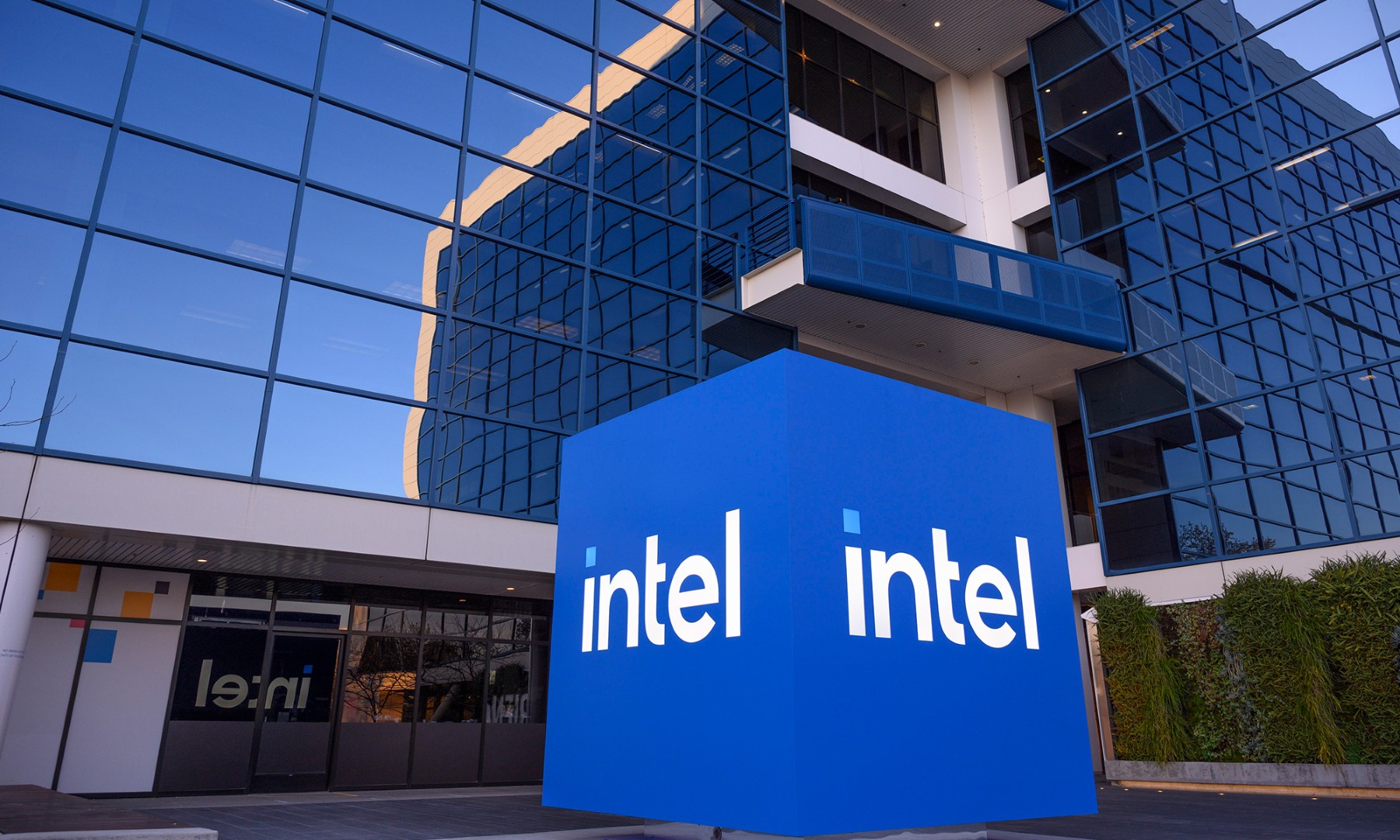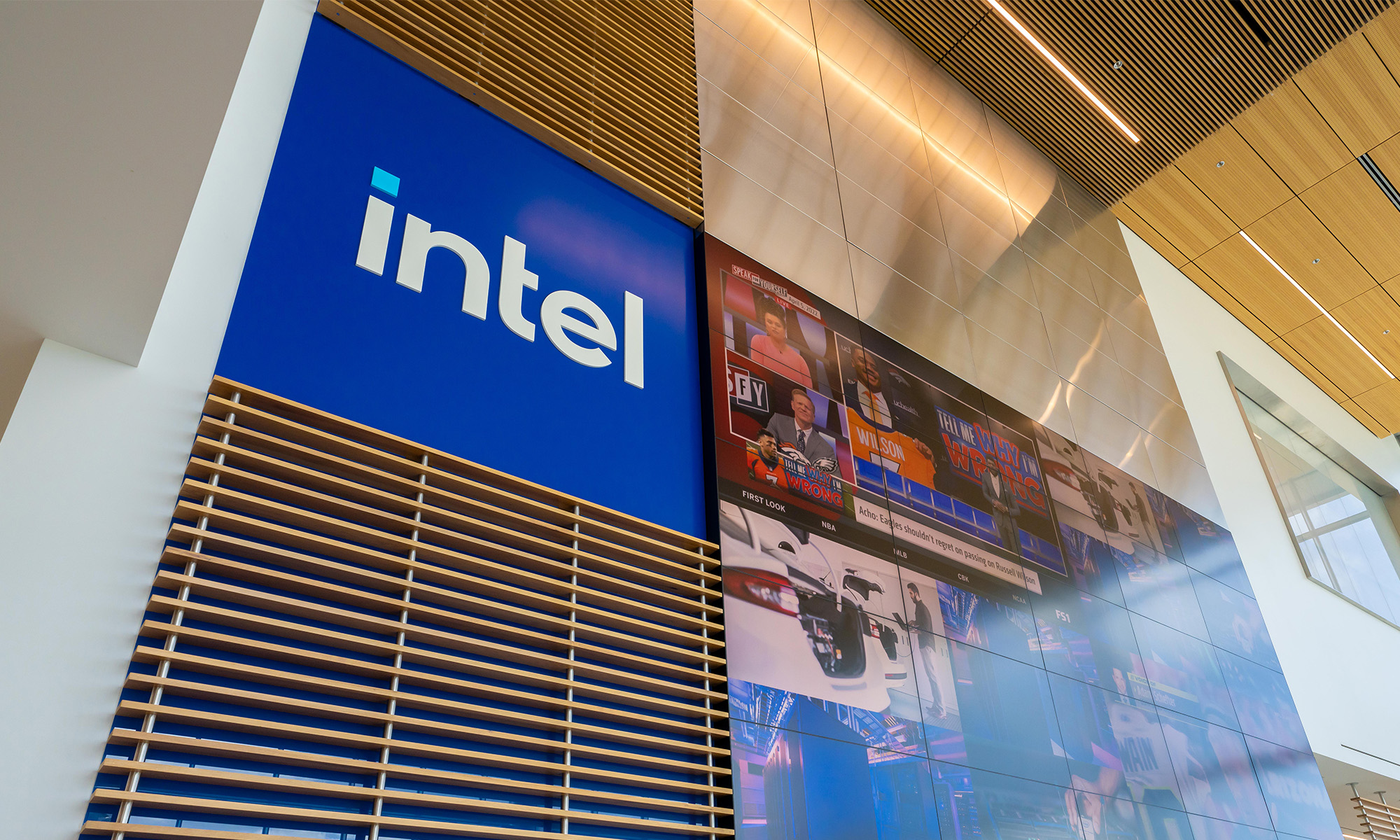Though there were some similarities in their third-quarter earnings releases, shares of Advanced Micro Devices (AMD 3.04%) and Intel (INTC +1.75%) have taken dramatically different turns since the reports came out.
AMD stock took a turn decidedly for the worse. However, with its shares down 21% since its Q3 release on Oct. 24, it could be argued that it has been oversold, so value seekers may consider it tempting. No such problems for Intel, which reported Thursday: Its stock jumped 10% in the past week.
So, which is the better buy: AMD, with its potential value, or Intel, due to the budding strength of its core businesses?

Image source: Getty Images.
The case for AMD
Generally, when a company posts a 26% increase in revenue and returns to profitability -- both of which AMD did last quarter -- one would expect it to be cause for celebration. Safe to say CEO Lisa Su left her party hat in storage following the earnings release, however.
AMD's $1.64 billion in total revenue obliterated last year's $1.22 billion. The good and bad news was that AMD's new-ish Ryzen processor helped boost its computing and graphics (CG) unit sales an eye-popping 74% to $819 million. The not-so-good news was that outstanding CG growth was one of AMD's few positives last quarter.
Thanks to its CG results AMD posted a profit of $0.07 per share, up from a $0.50 per share loss in Q3 2016. Skeptics will point to the $340 million hit AMD took last year related to its wafer supply agreement (WSA) as the reason for the disparity. But even setting aside the WSA charge, AMD's bottom line number for Q3 2017 still would have been an improvement.
Another win last quarter, albeit a small one, was the 4 percentage point improvement in AMD's gross margin to 35%, excluding the one-time WSA charge. The reason to consider that a small win is that its gross margin is still well below those if its competitors, as discussed below.
The case for Intel
In addition to record growth in Intel's key segments -- data centers, the Internet of Things (IoT), and memory solutions -- CEO Brian Krzanich continues to deliver on his promise to pare overhead. Intel posted a 6% increase in revenue to $16.15 billion and shaved nearly $600 million off operating expenses to $4.9 billion.
The result of Intel's strong top line and leaner operations was a staggering 36% rise in earnings per share (EPS) to $0.94, well above last year's $0.69 a share. The data center group generated $4.9 billion, a 7% improvement; IoT sales soared 23% to $849 million; and sales from non-volatile memory solutions popped 37% to $891 million.
The strength of Intel's core businesses as it continues its transformation away from a PC focus more than made up for the flat year-over-year result for the computing group, which generated $8.9 billion in revenue. Another sign of Intel's progress was its record-setting $5.1 billion in operating income, a whopping 15% improvement.
As for the aforementioned gross margin comparison, Intel's actually declined a percentage point ... to 62.3%, well above the 35% its smaller rival improved to. As competition in data centers, IoT, and artificial intelligence solutions heats up, there's bound to be some pricing pressure, but Intel's margins remain a strong point.
And the better buy is...
Though I'm not necessarily bullish on AMD, it is likely the negativity surrounding its Q3 results resulted in its stock being oversold -- a bit. Not only are AMD's margins questionable, investors are still waiting to see its revenue growth translate to higher profitability.
Not to mention AMD remains a somewhat niche, gaming-processor-focused provider, which puts it squarely in sights of big hitters like NVIDIA (NVDA 0.35%) and even (to a lesser extent) Intel. In the data center market, even with its new Epyc processors, AMD is a barely noticeable also-ran against an Intel that holds a 99% market share. Toss in the growth Intel is achieving in it core units, plus a dividend currently yielding 2.4%, and it is hands-down the better buy.








